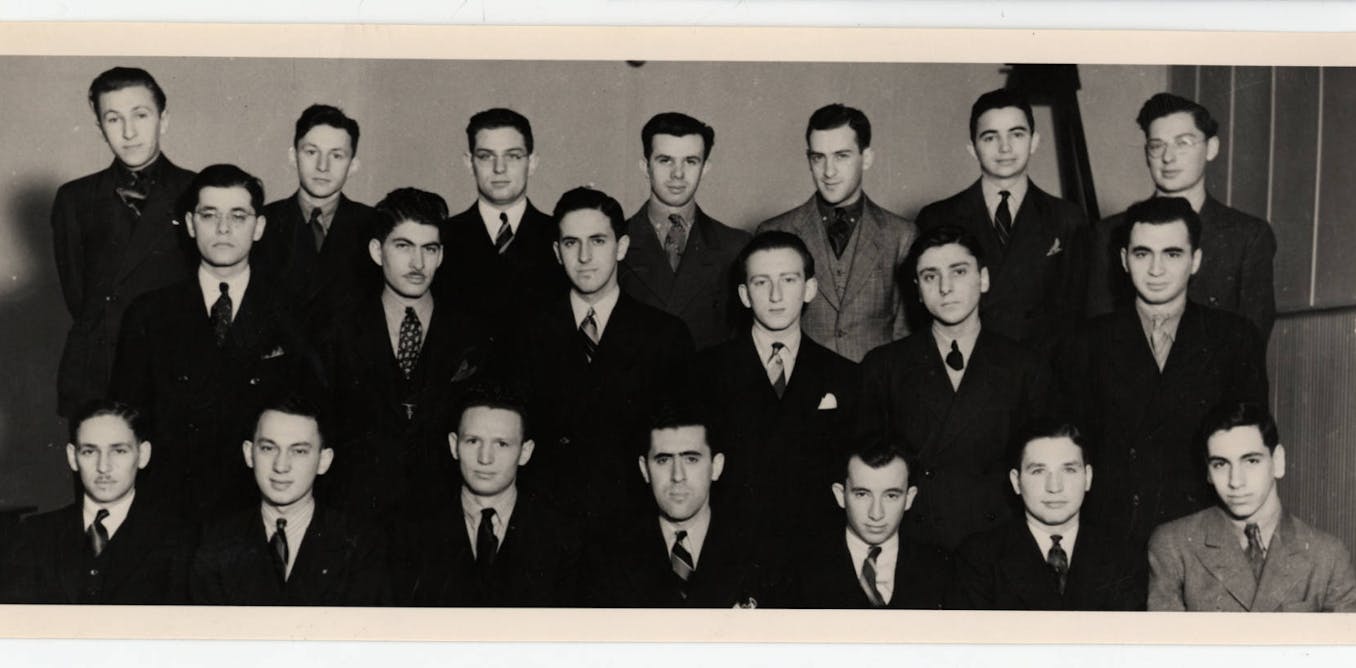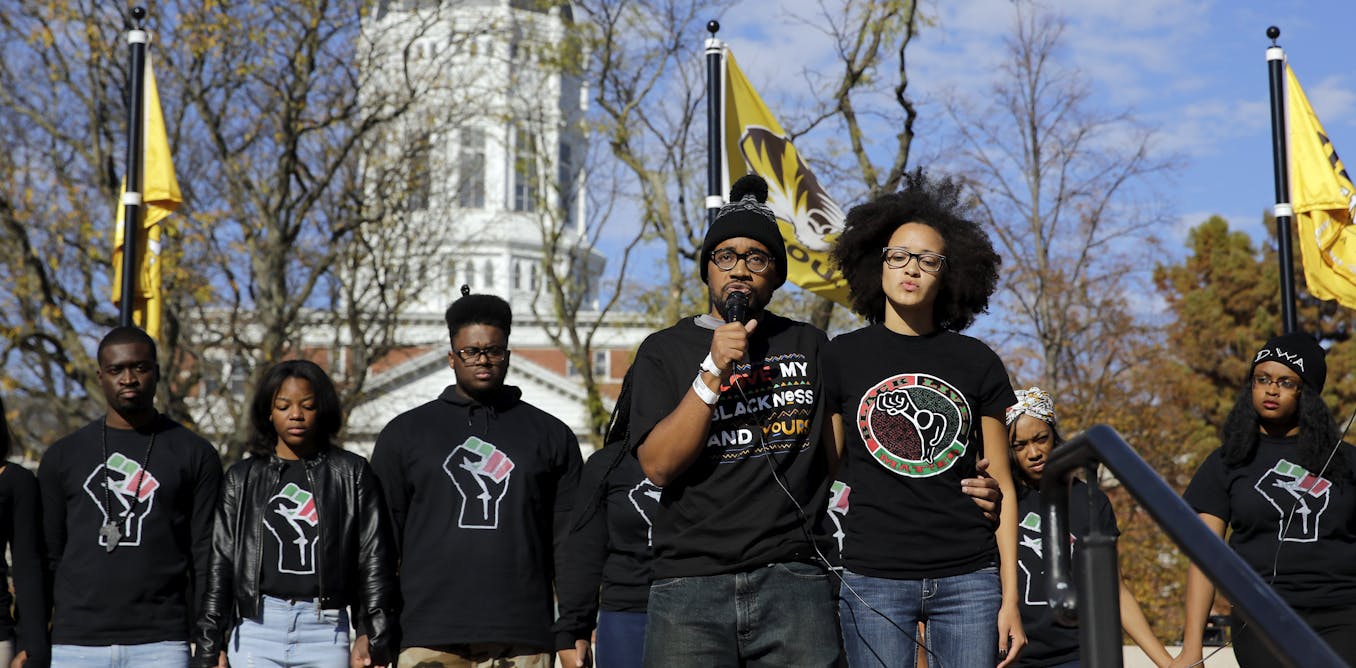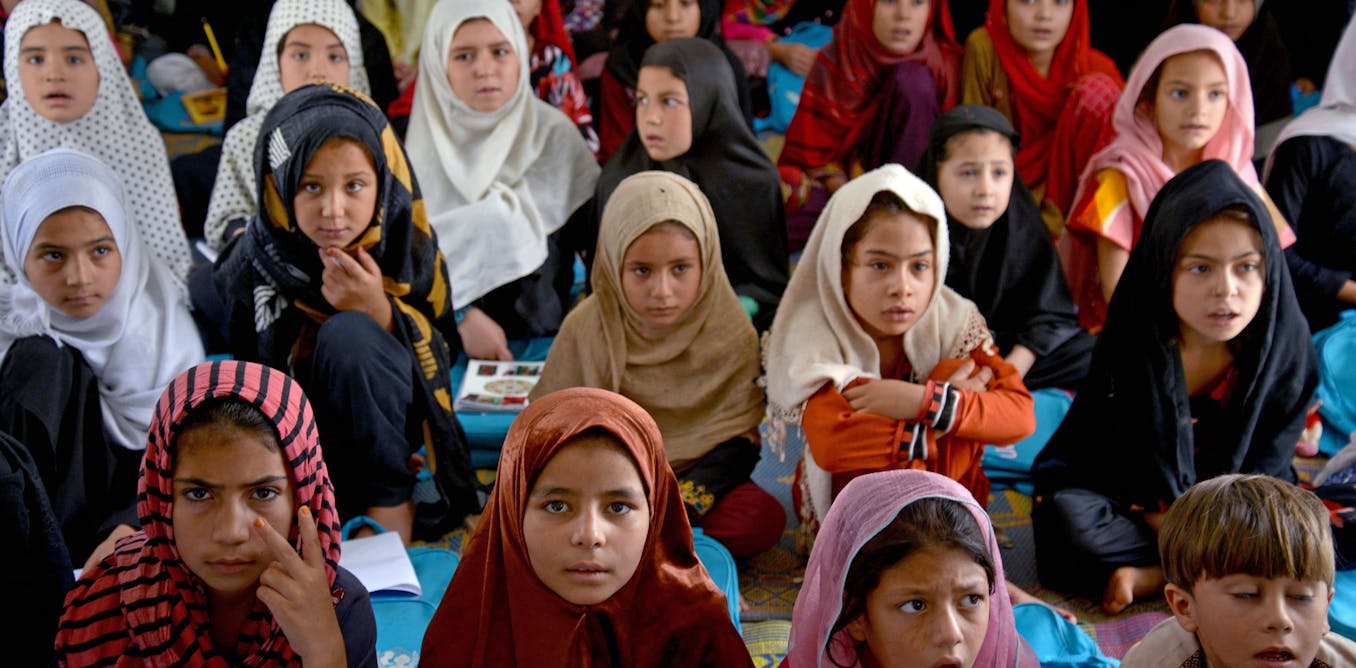Education
Class and race can create divides between donors and a cause they support − putting stress on those nonprofits
Relying on wealthy, largely white donors for funding can lead nonprofits that run after-school programs for low-income children of color to feel pressured to skew their priorities. In part because of class and racial differences, these nonprofits can have trouble conveying how the interests of the programs’ participants are being met while also satisfying donors’ demands.
This was evident in an in-depth case study I wrote about in Children & Schools, an academic journal. The after-school program I studied supports low-income girls in a Northeastern city. The girls, who are in grades 3-5, receive free weekly mentoring sessions.
The mentors are college students who volunteer to help build the girls’ self-confidence and ambition by reading and discussing stories with them about female athletes, film directors, politicians and human rights activists, among other role models. The organization is led by a Black woman who is from the local community, and the nonprofit uses its own original curriculum.
By participating in the program, the girls get a safe way to explore their “many identities,” a member of the nonprofit’s staff told me.
However, while conducting interviews, convening focus groups, analyzing documents and observing a virtual fundraising event, I consistently found that the group’s staff felt pressured to use the corporate jargon of its donors when communicating with them. The donors are predominantly wealthy white business executives.
The nonprofit’s executive director said one of the benefits of participating in the mentoring sessions is their playfulness. The girls can “just be free, and just have fun and talk to their mentors, and journal,” she said.
Despite her confidence that the program is worthwhile, she said she often experiences a disconnect while fielding her donors’ questions.
“It’s always like, ‘What’s your business model? And what’s going to be your key performance indicators? How are you going to grow?‘” She felt pressured to talk as if she were running a private business and to focus on goals more relevant to a business rather than those that can best support the mentored girls.
She was frustrated that she has to focus so much on fundraising numbers, while less tangible wins, like “the joy of the program participants,” fail to come through to the donors.

Why it matters
Large numbers of K-12 students participate in programs run by nonprofits throughout the school year and during vacations.
Many of these valuable opportunities benefit children and teens who attend chronically underfunded public schools.
National organizations, such as the YMCA and the Boys & Girls Club of America, run some of these programs. Others operate on a smaller scale. They can provide tutoring or teach chess, drama, martial arts and other skills. It’s common for them to get a mix of government and private funding. Some also charge tuition.
Other researchers have found that participating in community-based programs can benefit low-income kids and their neighborhoods.
Because of their association with schools, those nonprofits must comply with strict requirements due to local state, city and school system rules. At the same time, they have to satisfy their donors’ own demands and expectations or risk losing out on much-needed cash.
What’s next
While I didn’t interview this nonprofit’s donors in the pilot research described here, I am now doing so for my dissertation.
The Research Brief is a short take about interesting academic work.
-

 Education1d ago
Education1d agoFederal judge rules that Louisiana shalt not require public schools to post the Ten Commandments
-

 Education1d ago
Education1d agoCampuses are ground zero in debates about antisemitism − but that’s been true for 100 years
-

 Education1d ago
Education1d agoSocioeconomic status explains most of the racial and ethnic achievement gaps in elementary school
-

 Education2d ago
Education2d agoMothers, metaphors and dyslexia: What language reveals about the challenges of a child’s learning disability
-

 Education2d ago
Education2d agoBrain-training games remain unproven, but research shows what sorts of activities do benefit cognitive functioning
-

 Education3d ago
Education3d agoRacism is such a touchy topic that many US educators avoid it – we are college professors who tackled that challenge head on
-

 Education3d ago
Education3d agoHere’s what happens when a school is located near a cannabis dispensary
-

 Education4d ago
Education4d agoHow the Taliban are seeking to reshape Afghanistan’s schools to push their ideology
















